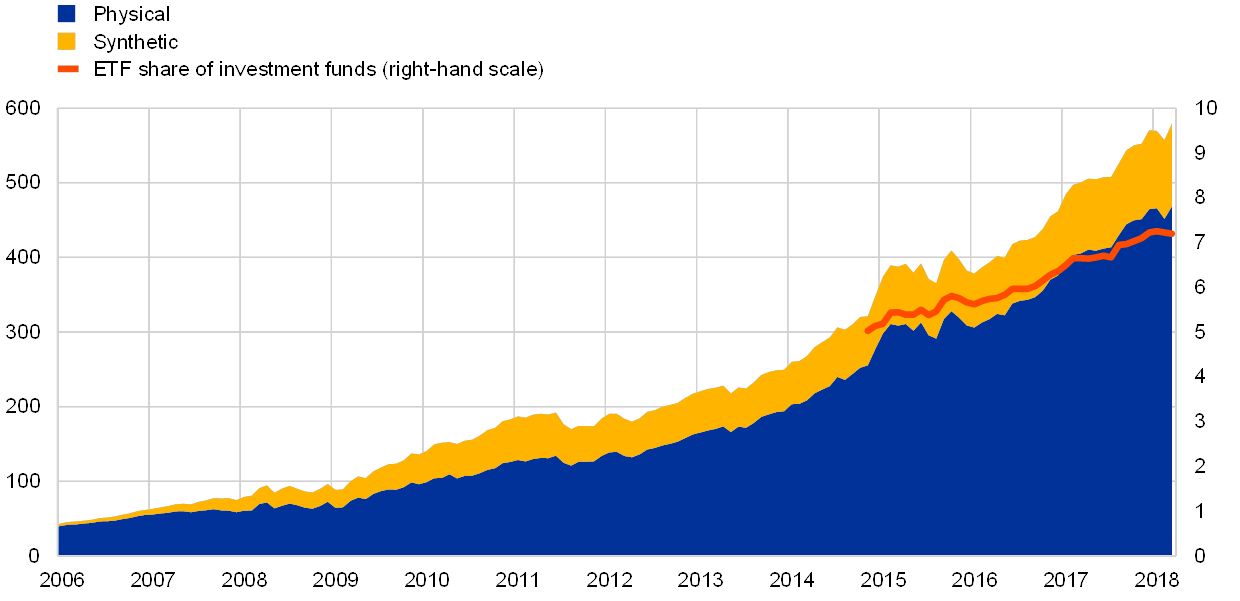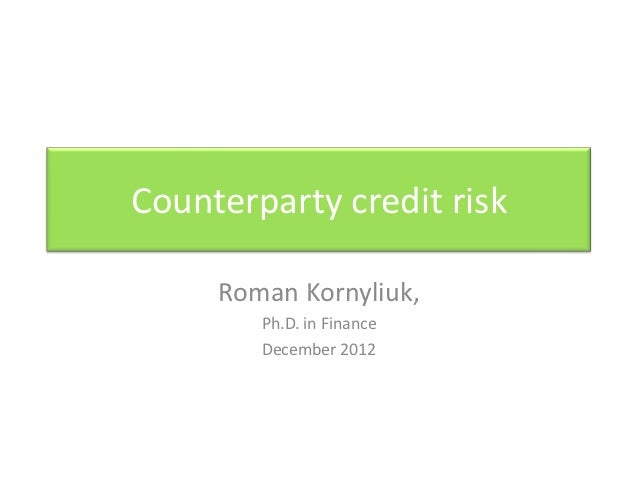$ 2.809 -1.83%
CounterParty (XCP) Rank 2318
Counterparty is not a traditional crypto currency and is more of a payment network - using bitcoin as the transport layer.
Counterparty is a free and open platform that puts powerful financial tools in the hands of everyone with an Internet connection. By harnessing the power of the Bitcoin network, Counterparty creates a robust and secure marketplace directly on the Bitcoin blockchain, extending Bitcoin’s functionality from a peer-to-peer payment network into a full fledged peer-to-peer financial platform.
In addition to sending money without third-party intermediation you can trade, do business, and engage in advanced financial contracts without having to trust anyone else to hold your funds or do your accounting. Along with the Counterparty protocol, the platform consists of the native XCP token to perform advanced operations, and the secure, browser-based Counterwallet to provide the functionality.
| Mkt.Cap | $ 7.44 M | Volume 24H | 0.00000000XCP |
| Market share | 0% | Total Supply | 2.6 MXCP |
| Proof type | PoW | Open | $ 2.86 |
| Low | $ 2.79 | High | $ 2.88 |
Principles for the Management of Credit Risk
Another role that a futures clearinghouse undertakes is assigning and overseeing the deliveries of future contracts at maturity. In order to be a member of a clearinghouse, a firm generally must be a member of the futures exchange.

Derivatives vs. Swaps: What's the Difference?
They achieve this by taking offsetting positions with clients in every transaction. An example of a clearinghouse is a place where banks electronically exchange checks drawn against one another. On the other hand, with a long straddle you buy both a call option and a put option on the same stock at the same strike price with the same expiration date. In this option trading strategy your risk management is that you can only lose the premiums you pay if the stock does not change price.
Further, it is an agency or separate corporation of a futures exchange responsible for settling trading accounts, clearing trades, collecting and maintaining margin monies, regulating delivery, and reporting trading data. Clearing houses act as third parties to all futures and options contracts, as buyers to every clearing member seller, and as sellers to every clearing member buyer. AIG or American International Group offers insurance products for real estate, businesses, and individuals. The company needed a bailout from the U.S. government during the financial crisis. For those who were insured by AIG, they suddenly faced an increase in counterparty risk.

Why is hedging illegal?
The primary reason given by CFTC for the ban on hedging was due to the double costs of trading and the inconsequential trading outcome, which always gives the edge to the broker than the trader. However, as far as Forex trading is concerned, a trader should have the freedom to trade the market the way he sees fit.
AIG famously leveraged its AAA credit rating to sell (write) credit default swaps (CDS) to counterparties who wanted default protection (in many cases, on CDO tranches). When AIG could not post additional collateral and was required to provide funds to counterparties in the face of deteriorating reference obligations, the U.S. government bailed them out. Counterparty risk gained greater visibility in the wake of the 2008global financial crisis.
What are two risks banks face?
The risks are calculated on the borrower's ability to repay the loan. To assess the risk credit risk the lenders, look at the five C's of the borrower. The five C's are credit history, capacity to repay, capital, the loans condition, and associated collateral.
Understanding Default Risk
Indeed, PFE is analogous to VaR, with two exceptions. First, while VaR is an exposure due to a market loss, PFE is a credit exposure due to a gain. Second, while VaR typically refers to a short-term horizon (for example, one or 10 days), PFE often looks years into the future. The term counterparty can refer to any entity on the other side of a financial transaction. This can include deals between individuals, businesses, governments, or any other organization.
Entities need to generate sufficient net income and cash flow to mitigate default risk. Default risk is the chance that a company or individual will be unable to make the required payments on their debt obligation. A higher level of risk leads to a higher required return, and in turn, a higher interest rate. Credit risk is most simply defined as the potential that a bank borrower or counterparty will fail to meet its obligations in accordance with agreed terms.

In this case, the exchange is the counterparty, not the single entity on the other side of the trade. It is calculated by evaluating existing trades done against the possible market prices in future during the lifetime of transactions. It can be called sensitivity of risk with respect to market prices.
When you buy a stock, you don't need to worry about the financial viability of the person on the other side of the transaction. The clearing house or exchange steps up as the counterparty, guaranteeing the stocks you bought or the funds you expect from a sale. A counterparty introduces counterparty risk into the equation.
Counterparty Risk in Option Trading
Are broker/dealers market makers?
A broker is a person who executes the trade on behalf of others, whereas a dealer is a person who trades business on their own behalf. A dealer is a person who will buy and sell securities on their account. On the other hand, a broker is one who will buy and sell securities for their clients.
The Basel Committee is issuing this document in order to encourage banking supervisors globally to promote sound practices for managing credit risk. Although the principles contained in this paper are most clearly applicable to the business of lending, they should be applied to all activities where credit risk is present. The floating price is a leg of a swap contract that depends on a variable, including an interest rate, currency exchange rate or price of an asset. A fixed-for-fixed swap is an arrangement between two parties where currency is exchanged and both parties pay each other a fixed interest rate. A foreign currency swap is an agreement to exchange currency between two foreign parties, in which they swap principal and interest payments on a loan made in one currency for a loan of equal value in another currency.
It means a party to a contract or a the other party to a financial transaction. A counterparty is usually the entity with whom one negotiates on a given agreement, and the term can refer to either party or both, depending on context. Usually, to say that there are counterparties to an arrangement means that there is some potential for conflict between them. Well-drafted contracts usually attempt to spell out in explicit detail what each counterparty's rights and obligations are in every conceivable circumstance, though there are of course limits. There are general provisions for how counterparties are treated under the law, and there are many legal precedents that shape the common law.
- A free cash flow figure that is near zero or negative indicates that the company may be having trouble generating the cash necessary to deliver on promised payments.
- If the rating is low then the issuer is considered to have a high risk of default and alternatively, if it has a high rating then it is considered to be a safe investment.
- If Bank A loans $10 million to Customer C, Bank A charges a yield that includes compensation for default risk.
- This means an individual can be a counterparty to a business and vice versa.
- This also applies to forward contracts and other contract types.

What is credit risk in banking?
At the highest level of abstraction, right-way risk describes a situation in which the credit exposure to a counterparty decreases as its probability of default goes up. For example, a producer of natural gas may manage its price risk by entering into a long-term swap with a dealer.

In other cases, mortgage insurance or security over assets can be used for credit. In general, the interest rate will depend on the risk, which means higher there is higher will be the interest.

Subprime Risk
What is Xva trading?
Credit risk management is the practice of mitigating losses by understanding the adequacy of a bank's capital and loan loss reserves at any given time – a process that has long been a challenge for financial institutions.
Producers looking to hedge their market position will profit from a narrowing basis spread, while buyers will profit from a widening basis. The other possible scenario would be where the cash market price declined while the futures price increased. Suppose when the farmer closed out his short sell futures hedge, the cash price was $47 but the futures price was $57. Then he would have lost $3.00 per unit in the cash market and lost an additional $2.00 in his short futures trade ($57 – $55).
What is a counterparty in derivatives?
Counterparty credit risk definition and explanation It is the risk that the counterparty to a transaction could default before the final settlement of the transaction in cases where there is a bilateral risk of loss. The borrower is exposed to the risk that the bank defaults and does not return the collateral.
The premium added due to counterparty risk is called a risk premium. For a certain portfolio and time horizon, VaR provides the probability of a certain amount of loss. For example, a portfolio of assets with a one-month 5% VaR of $1 million has a 5% probability of losing more than $1 million. Thus, the VaR can at least provide a hypothetical measure of the risk of counterparty default on a credit default swap. Does potential future exposure (PFE) remind you of value at risk (VaR)?
Counterparty risk is the risk that the counterparty will not be able to meet its contractual obligations if the credit event occur. Financial investment products such as stocks, options, bonds, and derivatives carry counterparty risk. Bonds are rated by agencies, such as Moody's and Standard and Poor's, from AAA to junk bond status to gauge the level of counterparty risk.
Counterparty Risk and Risk Premiums

Nevertheless, in the market collapse even the smartest and most substantial intermediary can be overwhelmed. Default risk can be gauged using standard measurement tools, including FICO scores for consumer credit, and credit ratings for corporate and government debt issues.

Bonds that carry higher counterparty risk pay higher yields. When counterparty risk is minimal, the premiums or interest rates are low, such as with money market funds. In retail and commercial financial transactions, credit reports are often used by creditors to determine the counterparty's credit risk. Credit scores of borrowers are analyzed and monitored to gauge the level of risk to the creditor. A credit score is a numerical value of an individual's or company's creditworthiness, which is based on many variables.






